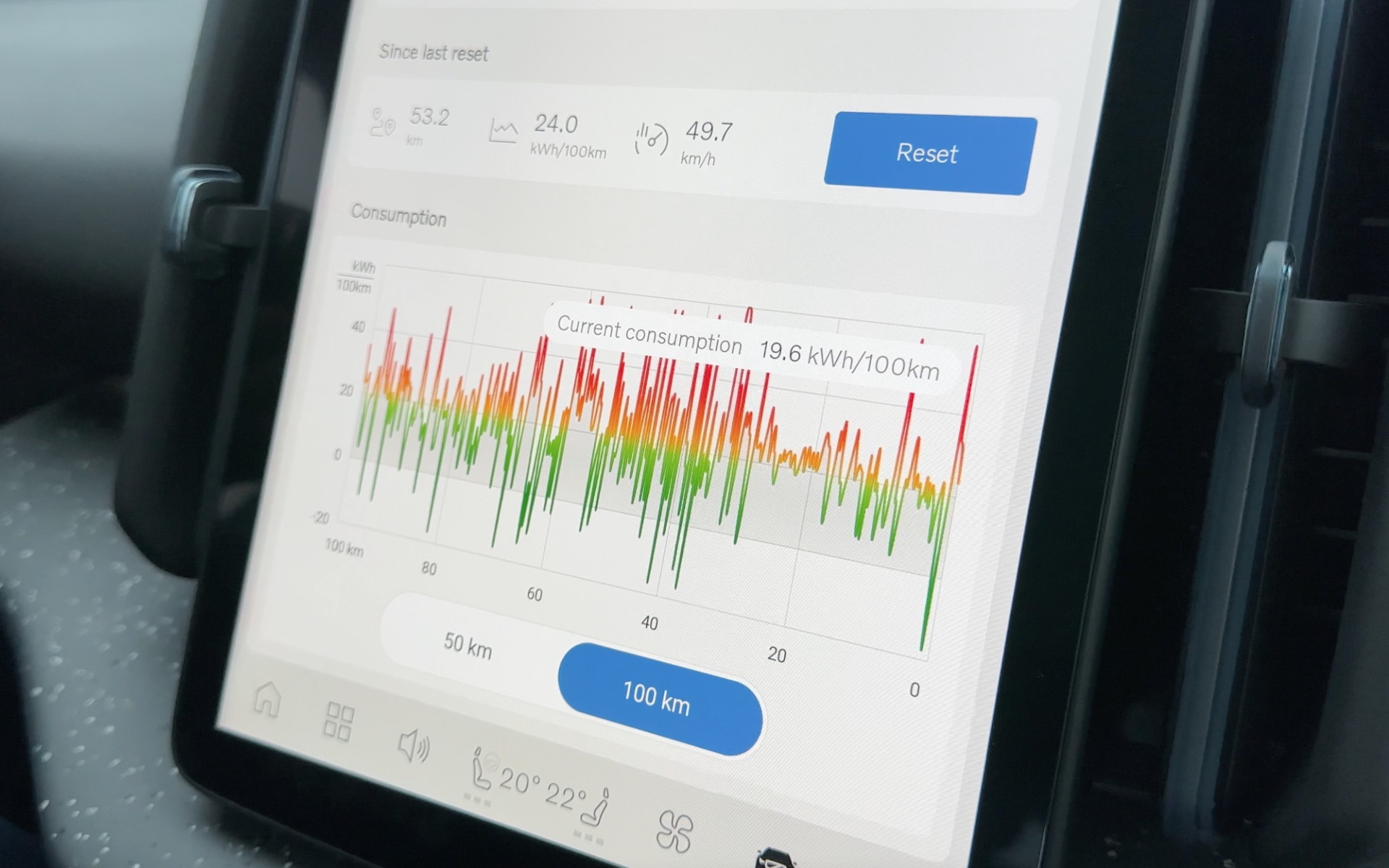Average energy consumption BEVs is comparing apples to oranges
There is no standard
What is going on? There is simply no standard for showing average energy consumption in electric cars. Some brands do not include certain energy consumers in the listed value of average energy consumption.
The problem
The big problem: this makes it impossible to make a fair comparison between models based on the figures as quoted in the on-board computer. Consumers suffer as a result. There should be a standard, because currently it is comparing apples to oranges.
Novelty of BEVs
The problem, according to Volvo, lies in the novelty of BEVs. No general agreements have yet been made for displaying energy consumption, so it varies from brand to brand. Volvo is playing its cards wide open. “All energy guzzlers are included in the average energy consumption, even the systems that are active when the car is stationary. We want to be transparent in this area. Even when standing still, the car consumes energy. That has to be included in the energy consumption,” says Joakim Hermansson, Vehicle Product Lead of the new Volvo EX30. “We just want to be transparent in that area.”
Higher energy consumption
Reviews indicate that the Volvo EX30 has somewhat higher energy consumption. This is due in part to the efficiency of the electric powertrain, but thus also to the fact that Volvo includes all energy consumers in the average power consumption. Not all manufacturers take the same approach, so another battery-electric car may be a lot more fuel-efficient on paper. But so it need not be so at the bottom line.
Therefore, if the value for one model is significantly higher compared to the power consumption of another model, it may be because one model includes certain power guzzlers in its power consumption, while another omits them.
To measure is to know
The only way now to figure out energy consumption is to write down carefully how many miles you drive and how many kWh you charge. A quick calculation then provides clarity, but again, according to Hermansson, it does not. “Energy is also lost in the power line during energy transfer. That energy is difficult to record.”
Regulation is necessary
To keep it fair for consumers, regulation is necessary. Those regulations should stipulate that each BEV manufacturer include the same factors in representing real-world energy consumption.

